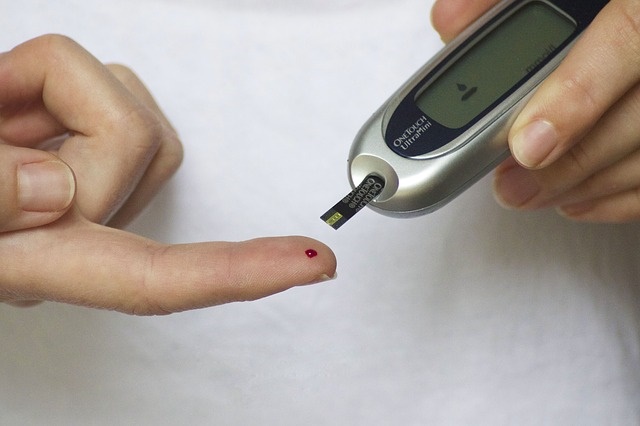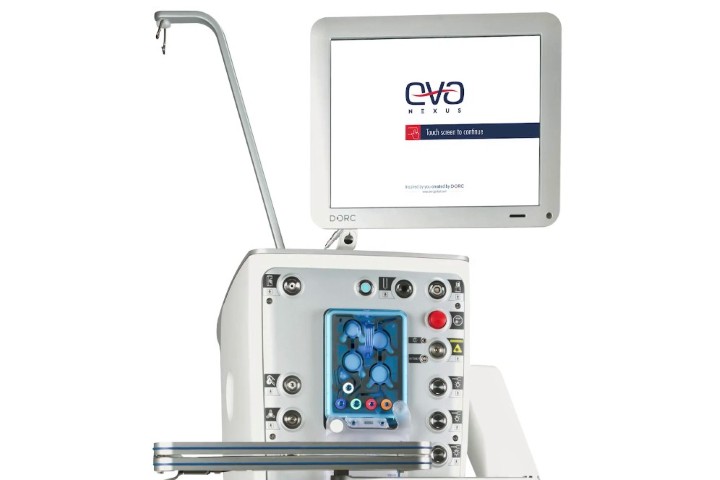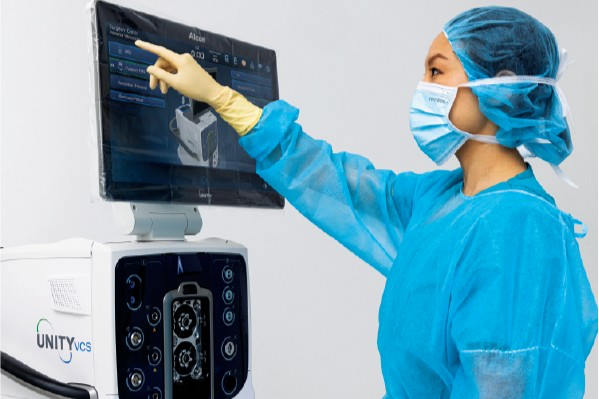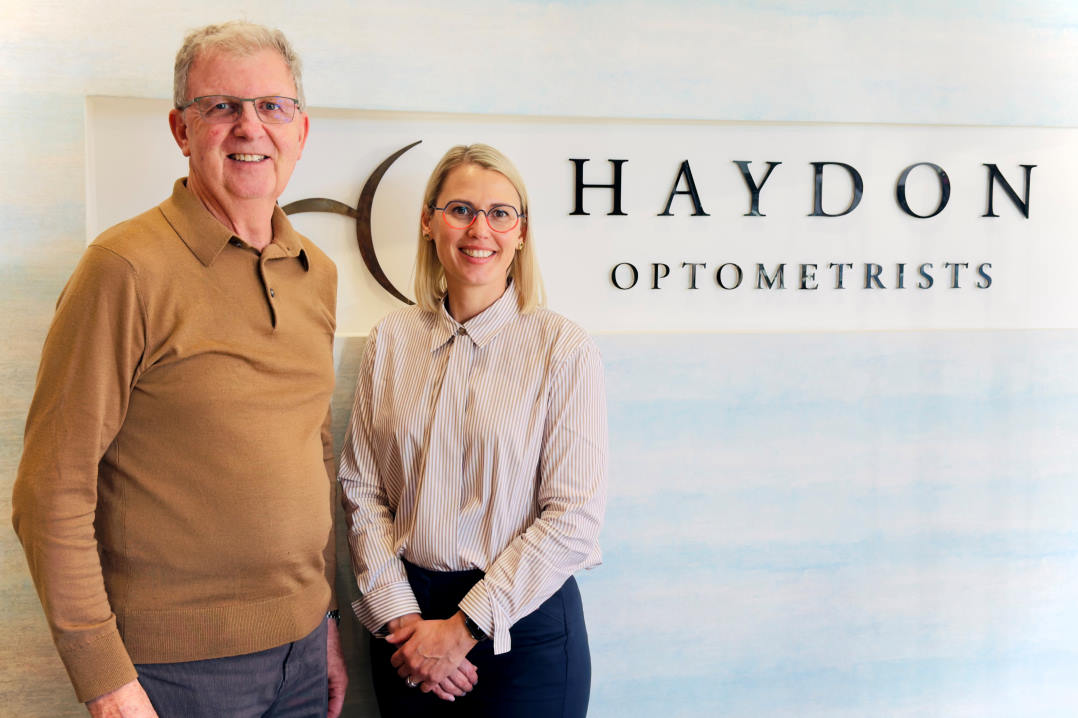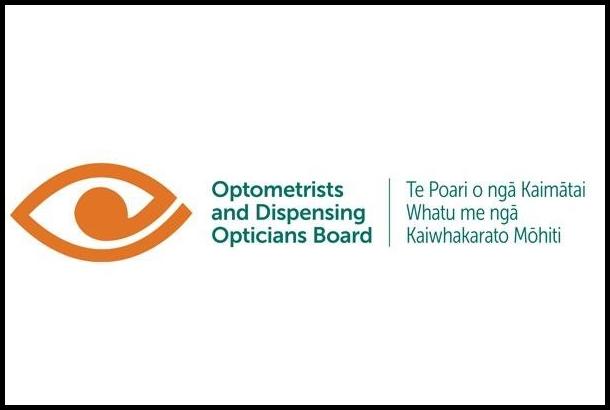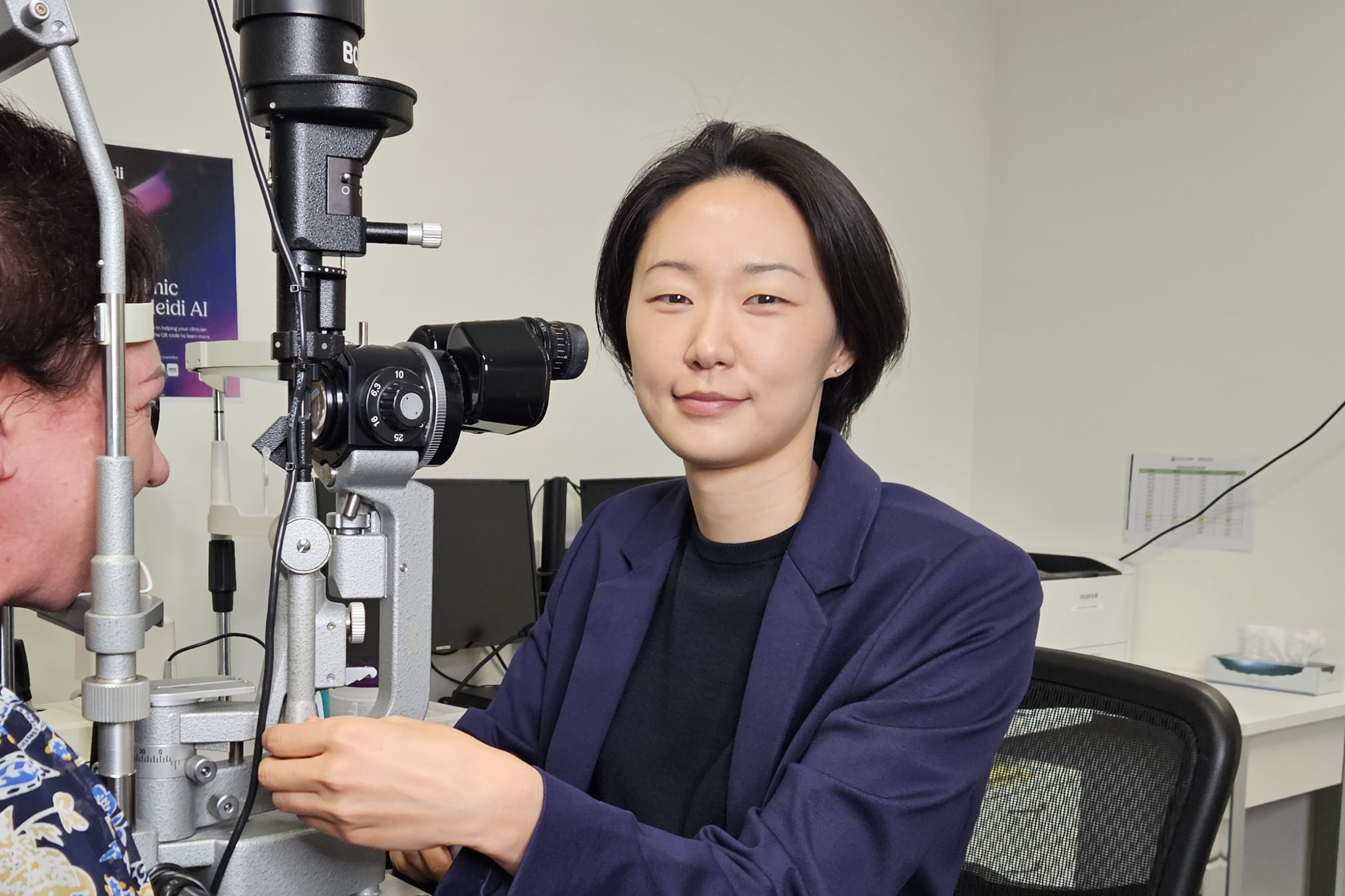Quest for early DR prediction
A US study is tracking the health of prediabetic and diabetic patients, aiming to reveal early predictive markers for developing diabetic retinopathy (DR) and the risk of vision loss.
A University of Houston team said to ascertain how glucose dysregulation affects the eye, they will investigate whether tests such as fat distribution, activity levels and oral glucose tolerance in type 2 diabetes patients are linked to or can predict ocular health. “Our central hypothesis is that local retinal oxygenation is altered by changes in glucose tolerance. This drives the relationship between vessel changes and retinal function, in local retinal areas,” said study lead Associate Professor Wendy Harrison.
“Early diagnosis and detection, especially if location-specific, could aid in delaying diabetic retinopathy and over the long term, saving sight,” said A/Prof Harrison.
Although patients with prediabetes are known to have impaired fasting glucose, impaired glucose tolerance and elevated haemoglobin A1c, there is still a significant gap in understanding how and when prediabetes impacts eye health, explained A/Prof Harrison. “It is important that we close this gap as there are no treatments in the eye outside of glycaemic control for early type 2 diabetes or prediabetes, and to learn which type of glucose-processing changes are most related to eye disease,” she said.
The $3.3 million (NZ$5.5m) study is underwritten by the US National Eye Institute.









